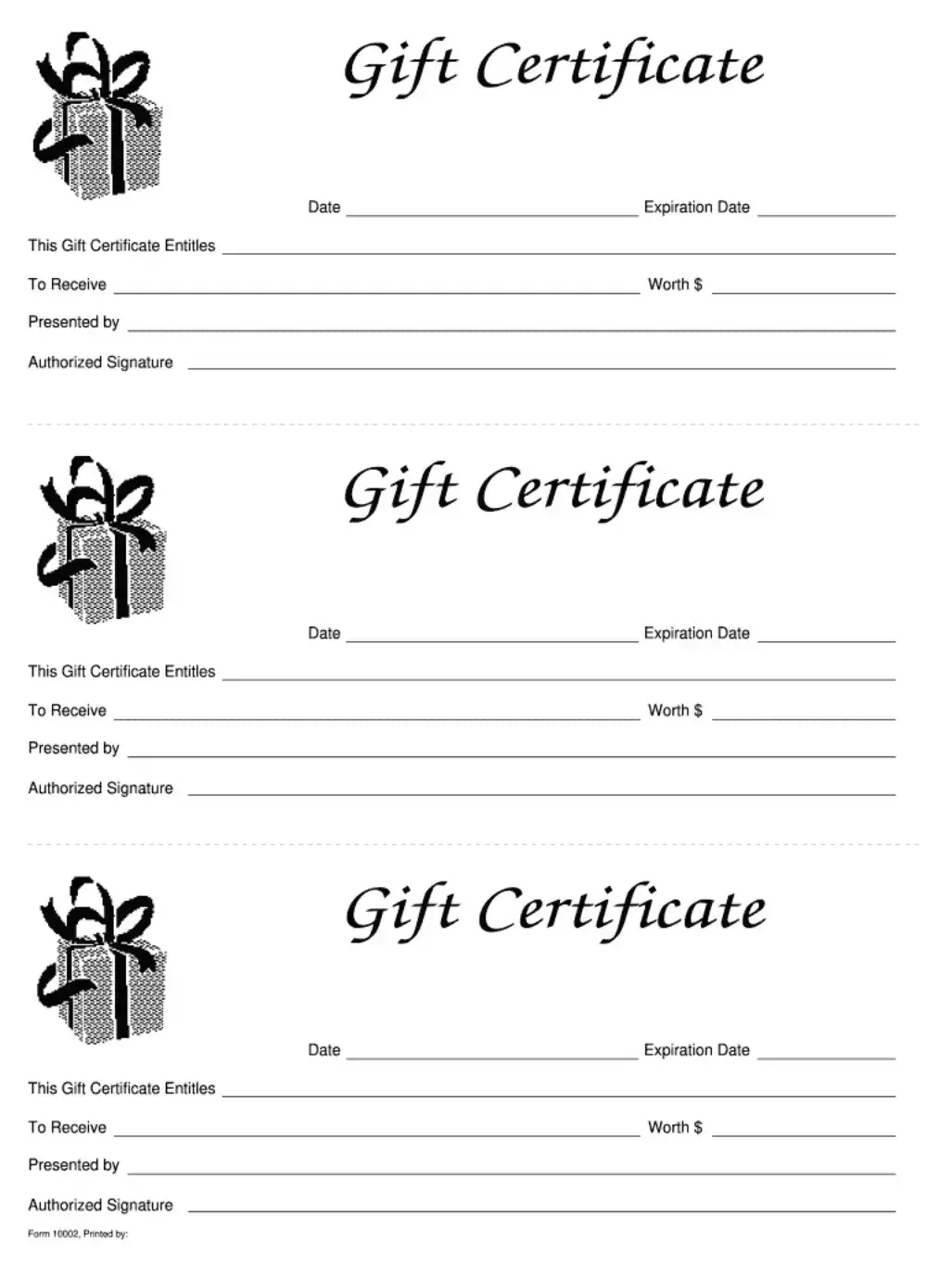What is the expiration policy for gift certificates?
Gift certificates typically expire according to the terms set at the time of purchase or as dictated by state law. In many states, gift certificates must remain valid for at least five years from the date of issue. However, it's important to check the specific details on your gift certificate or with the issuing company, as some may offer extended validity periods or no expiration date at all.
Can I transfer my gift certificate to someone else?
Yes, in most cases, gift certificates are transferable and can be given to anyone else to use. There may be certain restrictions or terms regarding the transfer outlined by the issuer, so it's advisable to review the terms of the gift certificate or contact the issuer directly for confirmation. Always ensure that any transfer is in compliance with the issuer’s policies.
What happens if my gift certificate is lost or stolen?
If your gift certificate is lost or stolen, you should immediately contact the issuer. Some issuers might replace the certificate if you can provide the original purchase receipt and the gift certificate number. However, policies vary, and some issuers may not offer replacements. It's important to keep your gift certificate in a safe place and treat it like cash.
Are there any fees associated with purchasing or using a gift certificate?
Some issuers may charge a purchase fee at the time of buying a gift certificate, though this is not common for all. Additionally, if a gift certificate is not used within a certain period, some issuers might assess a service or inactivity fee, reducing the certificate’s value. Specific fee details should be clearly stated by the issuer at the time of purchase or on the certificate itself. Always review the terms and conditions associated with the gift certificate to understand any possible fees.

